How to salvage items in Diablo 4
Including how to salvage Legendary gear.
Salvaging items is a key element in Diablo 4, and for those of you jumping in with Game Pass, it'll no doubt be a feature you'll want to learn about, particularly if you have an interest in creating transmog looks.
That said, whilst the different visuals for your various weapons and armour are nice to have in Diablo 4, you'll also be netting precious crafting materials which may end up being more useful than money that you could otherwise acquire from various other sources.
If this is your first time playing a Diablo game, or just want a refresher on how the systems work, we've detailed below how to salvage items in Diablo 4, as well as written a section on how to salvage Legendary items as there's one extra step involved in this process.
On this page:
For more help in your travels through Sanctuary, check out our Diablo 4 tips and guides page.
How to salvage items in Diablo 4
Salvaging will eventually become second nature to you, but it's not actually explained very well how to do so at the beginning of the game.
To salvage items in Diablo 4 you have to visit a blacksmith. They are found in cities and most towns, even the small ones. Blacksmiths are easily identifiable by the hammer and anvil symbol on the map.
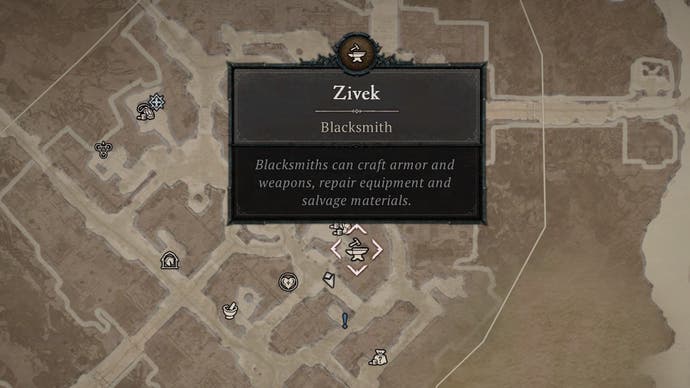
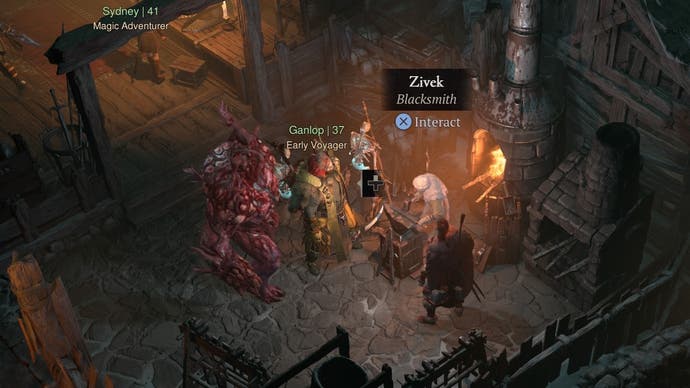
Once you talk to a blacksmith, you'll see lots of salvaging options on the screen. Here's what each salvaging option at the blacksmith does:
- All Junk - Salvages all items in your inventory marked as 'Junk' (you have to do this manually in your inventory, and you can't mark Legendaries as junk).
- Common - Salvages all of the grey items in your inventory.
- Magic - Salvages all of the yellow items in your inventory.
- Rare - Salvages all of the blue items in your inventory.
- All items - Salvages all of the items in your inventory that can be salvaged (Legendaries won't be salvaged).
You can of course also salvage individual items, but we recommend looking at your loot and marking what you don't want as junk before visiting the blacksmith, so you can quickly get rid of lots of items at once when you reach the blacksmith.
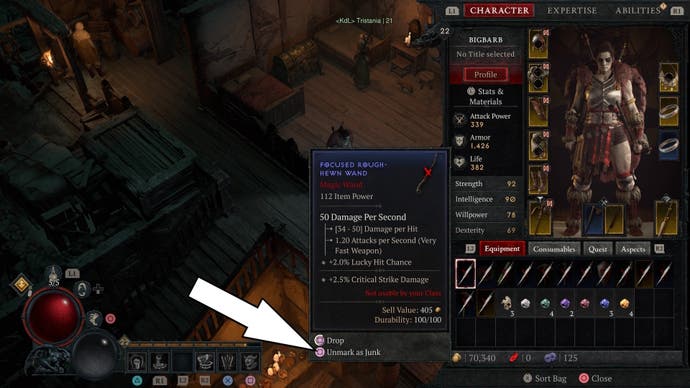
Don't worry if you have Gems socketed in your gear when you salvage them, as salvaging will unsocket them and return the Gems to you. So it's actually a good way to get your Gems back for free.
If an item has the 'unlocks new look on salvage' description, then when you salvage it at the blacksmith, its look will be added to your transmog styles. You can switch looks through transmog by visiting the wardrobe available in cities.
How to salvage Legendary items in Diablo 4
You may have noticed from the salvage descriptions above that Legendaries aren't included. That's because you need to manually select Legendary items with the hammer symbol at a blacksmith to salvage Legendary items in Diablo 4.
It's the hammer with the red background directly above the 'All Junk' option.
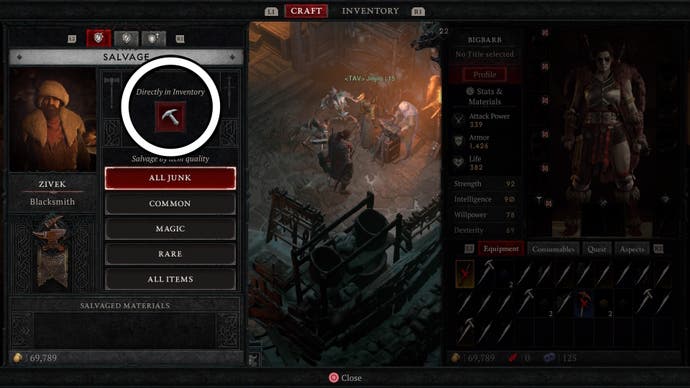
All you have to do now is pick the Legendary item in your inventory that you want to salvage. A message will pop up asking if you're sure you want to salvage it. We recommend really thinking about if you do want to salvage a Legendary, as it's often preferable to just keep it in your stash for another character or extract its Legendary Aspect.
It's all up to you though, as you do get useful crafting resources for upgrading other Legendaries if you choose to salvage one.
Should you sell or salvage items in Diablo 4?
Having gold is required to upgrade, craft, and do almost anything related to your loot in Diablo 4, so it's an important resource to have.
That said, you get gold from lots of sources like killing enemies and completing missions, whereas you only really get useful crafting materials from salvaging your unwanted gear.
You don't need much gold or crafting materials at the start of the game, but it's a good idea to save for when you do. As crafting materials are a rarer find than gold, we recommend that you salvage your items instead of selling them in Diablo 4. At least until you're in the endgame.
When you're over Level 50, that's when we recommend you start really thinking about selling your gear over salvaging it.

As for Legendaries, we recommend only salvaging them if you do decide you don't want one clogging up your inventory anymore. Generally though, you should hold onto your Legendaries or store them in the Stash for use with different builds and characters, or extract their Aspects of Power so you can create your own Legendaries.
All the best in your Diablo 4 journey!
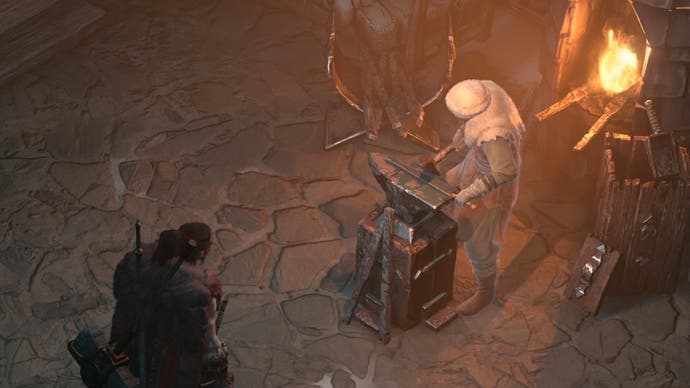





.webp?width=291&height=164&fit=crop&quality=80&format=jpg&auto=webp)


